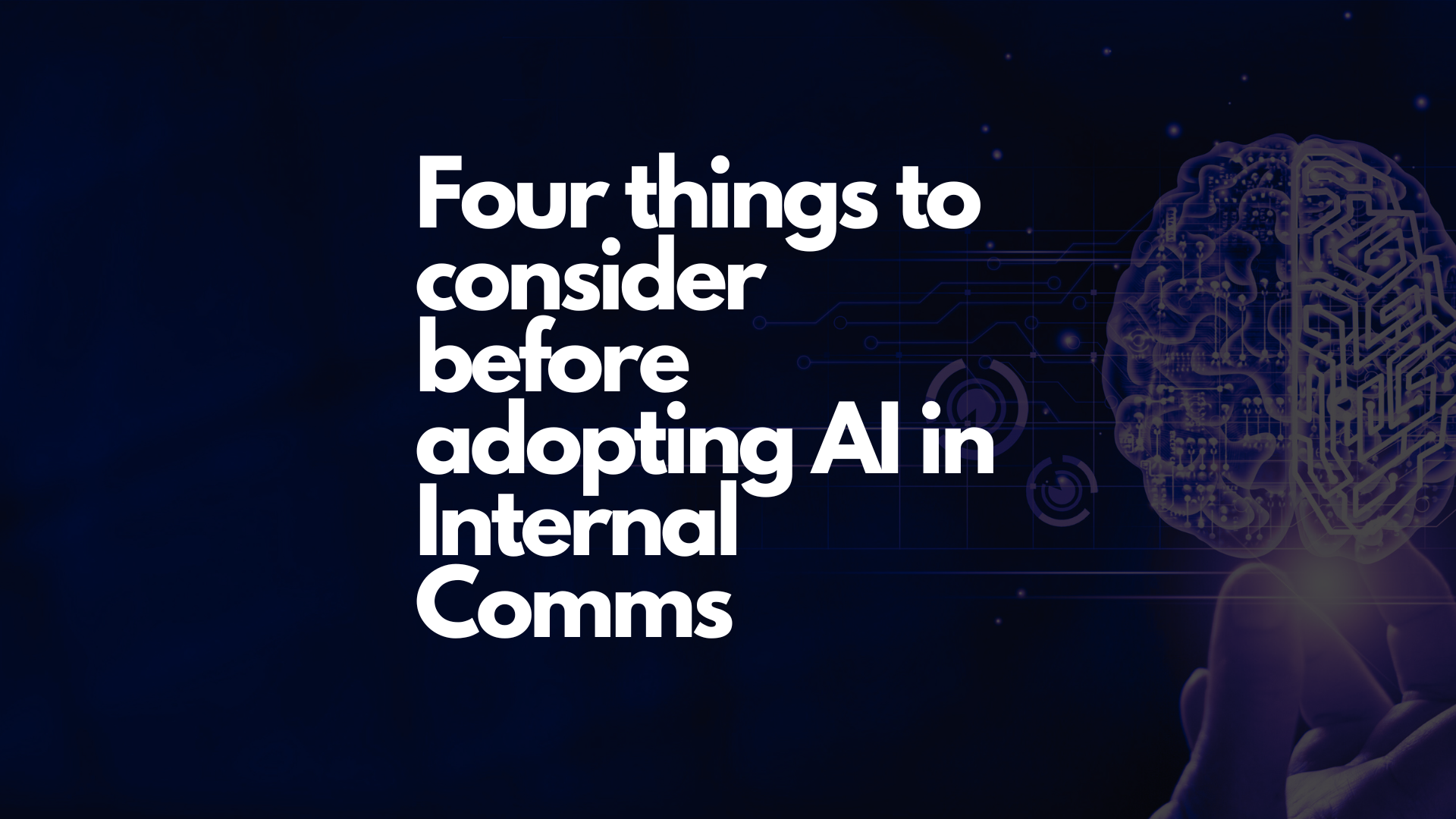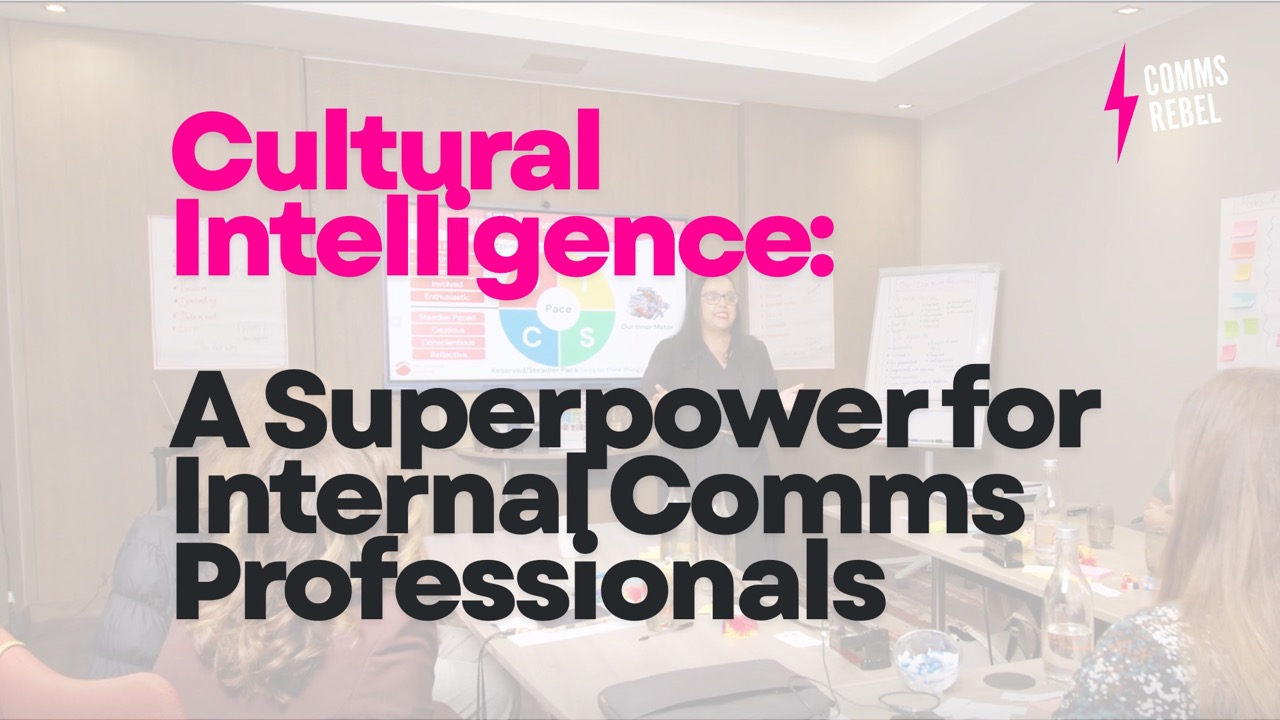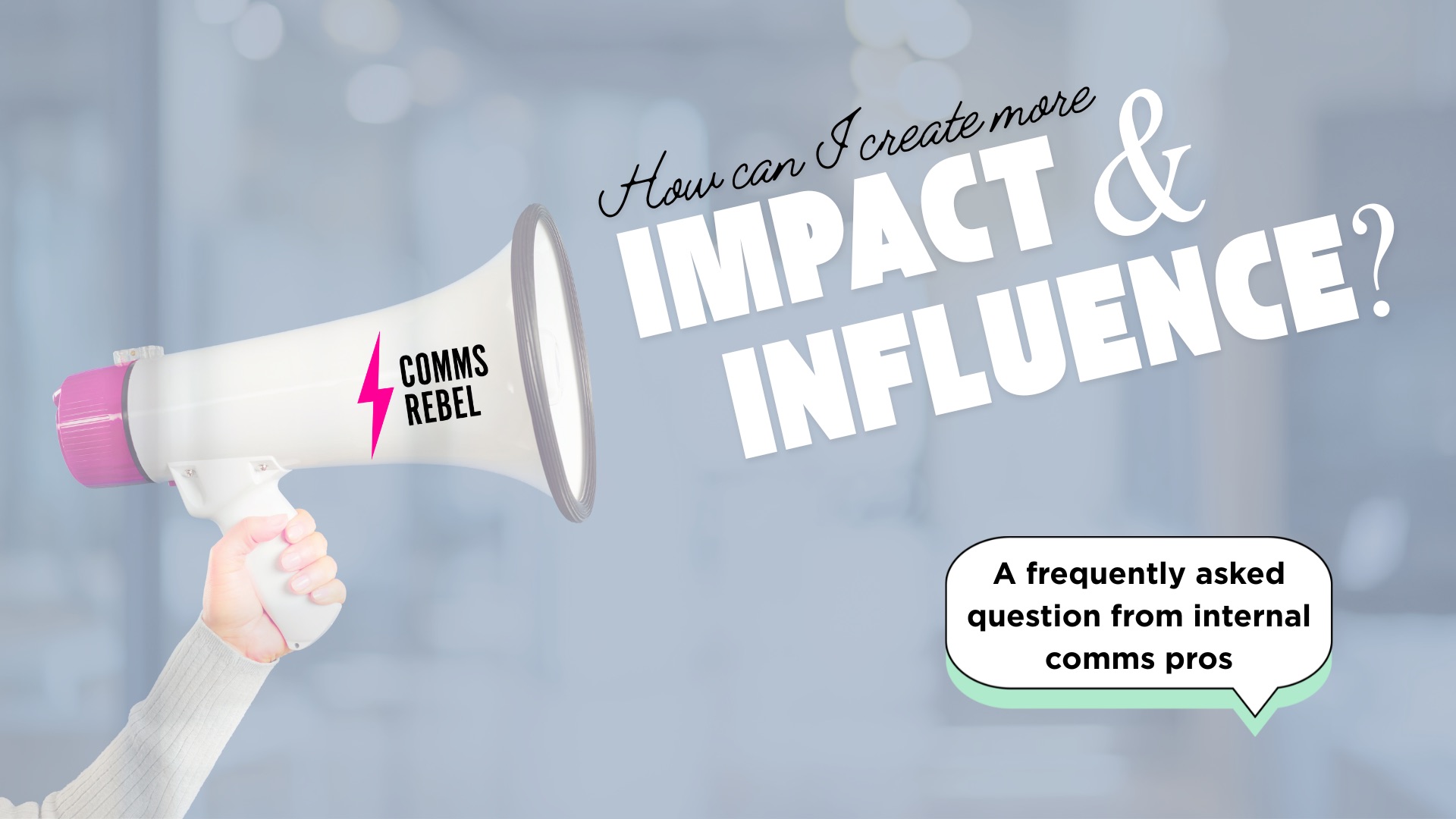With more companies adopting AI (artificial intelligence) practices, we explore the key considerations around bias and the potential risks.
We’ve grown used to AI technologies from home assistants to smart thermostats to robot vacuum cleaners that are making our home lives easier but what about in the workplace?
AI is already being used within a wide range of industries, such as HR within each stage of the employee lifecycle from hiring to retaining employees.
What is AI? It’s where machines perform tasks that would usually require human intelligence, like problem-solving and learning. ChatGPT, for example, is a natural language processing tool that allows you to have human-like conversations with a chatbot.
So what about internal communications? Usage isn’t as advanced and yet there are plenty of opportunities. AI’s capability to problem-solve, streamline processes, and help make better decisions seems highly beneficial to the internal comms industry. According to The State of Sector report, 40% of comms professionals agree that emerging technologies like AI will be most impactful for internal communications in the next five years.
The possibilities and benefits of AI seem endless, but adoption won’t necessarily be without its challenges. If you’re planning to use AI within internal communications, here are four things to consider before you go any further:
- Cover all bases: AI has its challenges and potential risks like any new technology. The implementation team must include experts from across HR, Risk, Legal, and IT, to help navigate this new territory.
- Check for bias: AI tools can produce biased results that reflect and perpetuate human biases prevalent in society. Data sampling and quality control are key to ensuring bias does not go unaddressed. Most AI tools gather data from across the internet so fact-checking by a human is essential.
- Confidentiality concerns: There are many potential risks related to employee privacy and security, so it’s crucial to ensure the safeguarding of sensitive employee information to maintain confidentiality and trust.
- Be aware of limitations: If you’re planning to use AI to craft business leaders’ messages, acknowledge that the technology might not grasp the distinct tone, style or personality that’s required. Consider using AI as a starting point before messages are refined and edited to align with the organisation’s leadership style.
Internal communications stands to gain significantly from AI adoption, we recommend starting small and experimenting before scaling up in the future.
CommsRebel can help you revolutionise workplace cultures from inside out. If you want to cultivate a thriving inclusive culture so colleagues unleash their full potential, we can help! Please get in touch and let’s have a chat.
Further reading
- https://www.ioic.org.uk/resource-report/ai-and-the-future-of-internal-communication.html
- https://www.ajg.com/employeeexperience/state-of-the-sector-2024/


